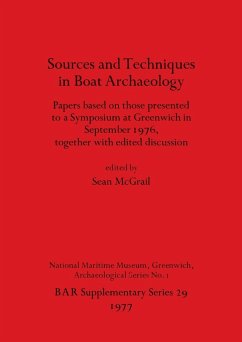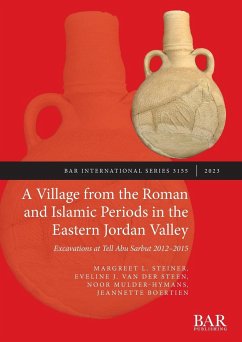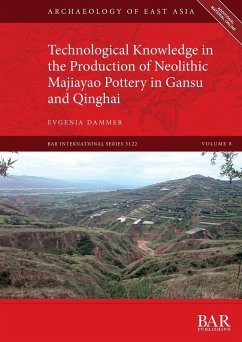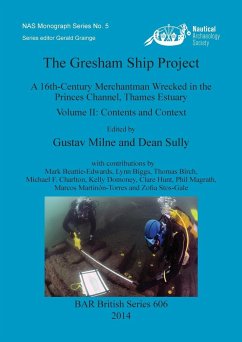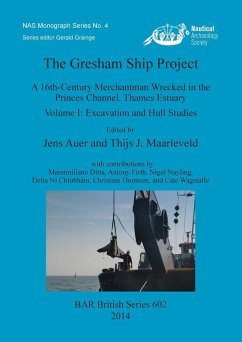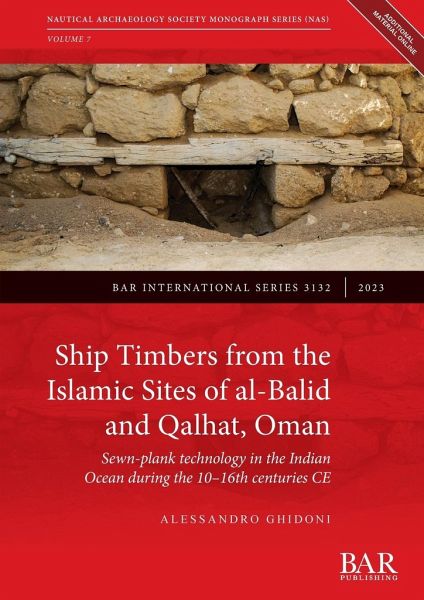
Ship Timbers from the Islamic Sites of al-Balid and Qalhat, Oman
Sewn-plank technology in the Indian Ocean during the 10-16th centuries CE
Versandkostenfrei!
Versandfertig in 1-2 Wochen
106,99 €
inkl. MwSt.

PAYBACK Punkte
53 °P sammeln!
The sewn-plank ships that sailed the Indian Ocean during the medieval Islamic period carried people, goods, and ideas between East Africa, Arabia, India, and China. Despite their key role, we know relatively little about them. To date, archaeological work related to sewn boats in the region has been limited, while the few textual references generally lack crucial details regarding their design, structure, and operation. Due to the paucity of archaeological evidence until 20 years ago, the study of medieval shipbuilding in the region has often been flawed by Orientalism and fuelled by principle...
The sewn-plank ships that sailed the Indian Ocean during the medieval Islamic period carried people, goods, and ideas between East Africa, Arabia, India, and China. Despite their key role, we know relatively little about them. To date, archaeological work related to sewn boats in the region has been limited, while the few textual references generally lack crucial details regarding their design, structure, and operation. Due to the paucity of archaeological evidence until 20 years ago, the study of medieval shipbuilding in the region has often been flawed by Orientalism and fuelled by principles of the Enlightenment in early studies. Scholars had previously approached this topic through a European lens, typically with a strong colonialist attitude, and viewed this technology as basic, primitive, and incapable of developing without an external force, such as the more technologically advanced Europe. This book presents the first comprehensive study on medieval sewn boats of the Indian Ocean, using new and original data. It provides a technical analysis of the ship timbers recently discovered at al-Balid and Qalhat, Oman, in a comparative context. Pieces are examined from a material perspective, and then compared with textual, iconographic, ethnographic, archaeological, and experimental archaeological evidence. It contextualizes the ship timbers within the broader material networks in the Indian Ocean during the medieval Islamic period, thereby increasing our knowledge of maritime communities and their shipbuilding technology.




